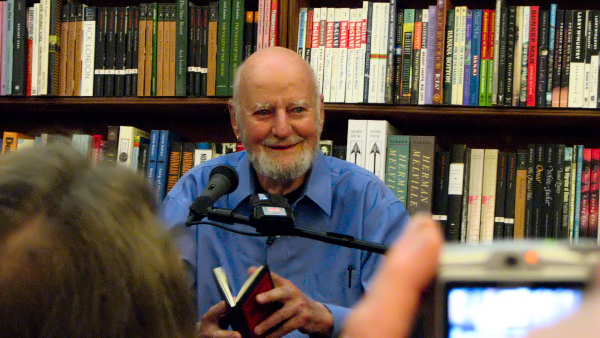Creator and Redeemer– that pretty much summarizes what God does and explains the human predicament. We live on a planet ideally suited for life, the work of a savvy Creator. We also fail to respect both the planet and its citizens, so we are in need of transformation. That is where the redeemer comes in. God teaches us how to survive and love our fellow creatures.
Then comes the invisible, intractable foe–racism–and we are struggling with something larger and uncontrollable than legislation or intellect can resolve. Some of us deny that we live in a country dominated by racism. We have the Emancipation Proclamation and the Voting Rights Act of 1965 and a Black President, so how could we be racist? Or we insist it is only a few individuals– the “bad apple” theory, a theory advocated by the President. The rest of us are respectable and law-abiding citizens who don’t see color at all.
Then comes someone claiming racism is larger than we suppose–it is “systemic.” It is as pervasive as the air we breathe and the water we drink. It is an underlying disposition, something we are born into. It is more than good behavior. We are asked to admit to something we cannot quantify or legislate. We can not claim innocence, because no one can claim innocence.
Eddie Glaude makes this claim in his critical biography of James Baldwin Begin Again. He says we live in a “value gap” where no one is equal to our white race or social group, however we define it. He says our society is poisoned by “the lie,” a complex of stereotypes and misinformation about Black people that lowers them unconsciously in our eyes. We act out “the lie” in a dozen ways every day without noticing our offenses. White people give subtle signals that they are superior, and Black people receive the unintended message.
So how do you manage a systemic virus that has resisted the antidotes of nonviolent protest, legislation, schooling and the honoring of human rights heroes? White people cry, What do you want from us? Black people answer, Respect, Equality, Justice. And we realize we are at the end of our management skills.
James Baldwin hit the wall many times in his struggle to reconcile Black and White, and he chronicles his recovery over and over again in books and articles he wrote from 1954 to 1987. Eddie Glaude wanted to show Baldwin’s great resilience in an extended relationship with the Civil Rights Movement with a tribute to Baldwin, Begin Again.
At the end of his life Baldwin wrote an essay published by Playboy, January 1987.
Salvation is not flight from the wrath of God, it is accepting and reciprocating the love of God. Salvation is not separation. It is the beginning of union with all that is or has been or ever will be . . . . Salvation connects . . . . It keeps the channel open between oneself and however one wished to name That which is greater than oneself. It has nothing to do with one’s fortunes or one’s circumstances in one’s passage through this world. It is a mighty fortress, even in ruin or at the gates of death. (Glaude, E. Begin Again, 213).
We have reached the place where we must be redeemed in order to be reconciled.We know God is prepared to redeem us, because that has been God’s role from the Exodus to the present day. Yet we must first admit our limitations and appeal to a merciful God.
James Baldwin was not a church-goer or a righteous crusader. He was a gay Black man wrestling with his own prejudice and anger. Yet his understanding of redemption was well-aligned with the prayer of the Psalmist. It is a prayer of humility and desire to change. A prayer we need today.
But who can detect their errors?
Clear me from hidden faults
Keep back your servant also from the insolent;
do not let them have dominion over me.
Then I shall be innocent of great transgression.
Let the words of my mouth and the meditation of my heart.
be acceptable to you,
O Lord, my rock and my redeemer. (Psalms 19:12-14)

/cdn.vox-cdn.com/uploads/chorus_image/image/67271610/Screen_Shot_2020_08_20_at_10.17.26_PM.0.png)




 Attending a season of plays by the Prison Performing Arts Program in Missouri, I have witnessed the achievements of incarcerated adults in the performance of classical theater with individual flair. I have seen versions of Macbeth, Pride and Prejudice, and Animal Farm performed in the spirit of hope and recovery. I have listened to the personal stories of the performers, how they have embraced collaboration by learning to trust their fellow inmates in a common effort. I have heard their guileless tales of redemption.
Attending a season of plays by the Prison Performing Arts Program in Missouri, I have witnessed the achievements of incarcerated adults in the performance of classical theater with individual flair. I have seen versions of Macbeth, Pride and Prejudice, and Animal Farm performed in the spirit of hope and recovery. I have listened to the personal stories of the performers, how they have embraced collaboration by learning to trust their fellow inmates in a common effort. I have heard their guileless tales of redemption.